The KTM X-Bow Comp R Makes High Demands, Gives Big Rewards
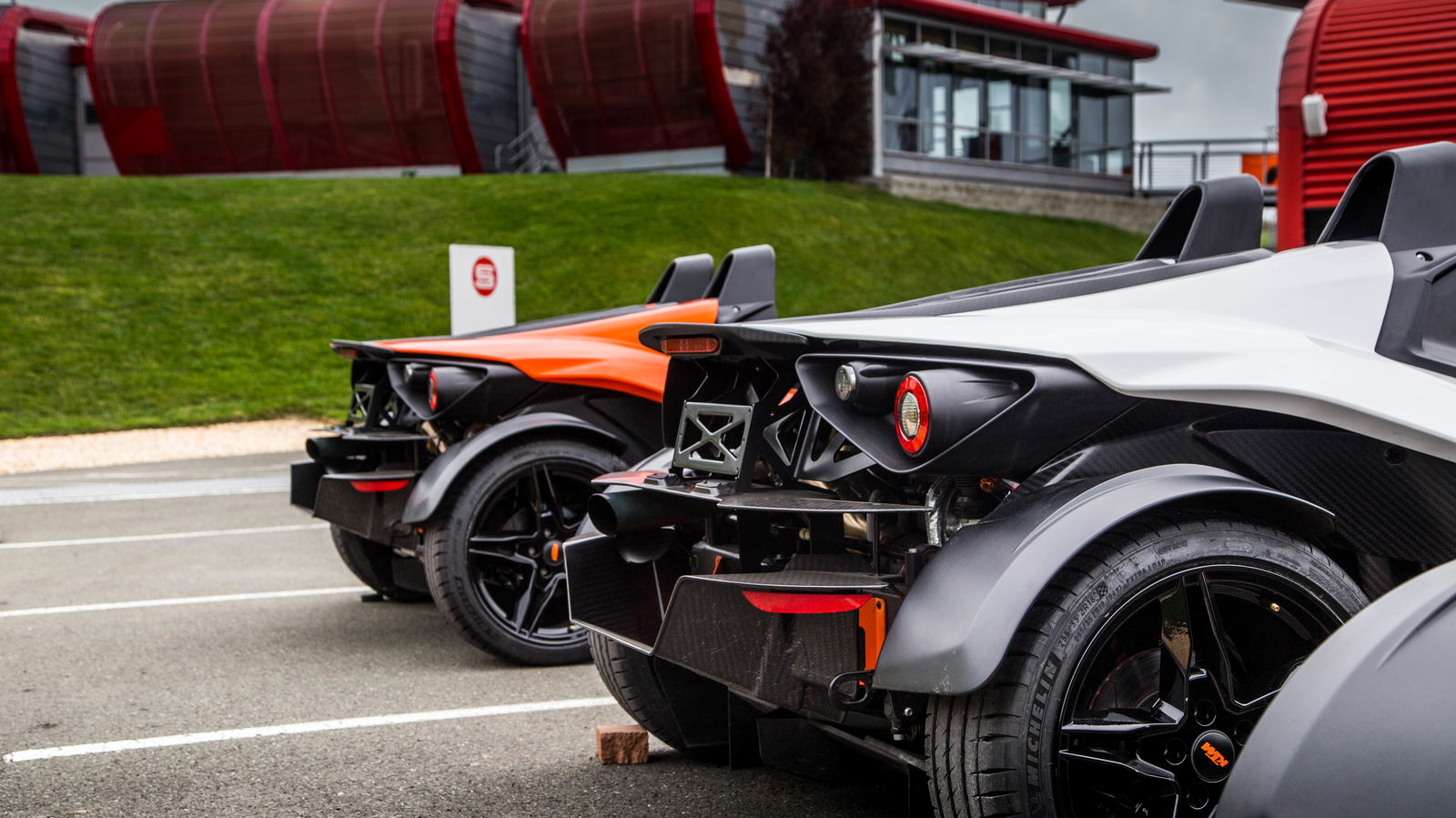
Pros
Cons
It’s confession time: until recently, I didn’t realise the KTM X-Bow was still a thing. The carbon-tubbed, roof-less, road-legal track car was more than capable of grabbing people’s attention when it was first launched, but that was 12 years ago.
And yet, the X-Bow remains in limited production and it still looks fresh, doesn’t it? The outward design has barely changed since 2008, with only some slight tweaks to the minimalistic bodywork. The chassis is much the same, as is the 2.0-litre turbocharged VW engine recipe - although more on that later.
KTM has maintained interest in the car by opening up to new markets, which is why I find myself in the Comp R, a new US-specific (sadly non-road-legal) version of the car which largely mirrors the spec of the more hardcore ‘X-Bow R’ sold elsewhere. It’s a racier spec than the R, though, with a fire extinguisher, adjustable front dampers and racing brake pads fitted, among other things. I’m behind the wheel at Sonoma Raceway, which is, by one of our instructors’ reckoning, the most challenging circuit in the USA. Only a few corners into my first solo stint, I can see what he means.
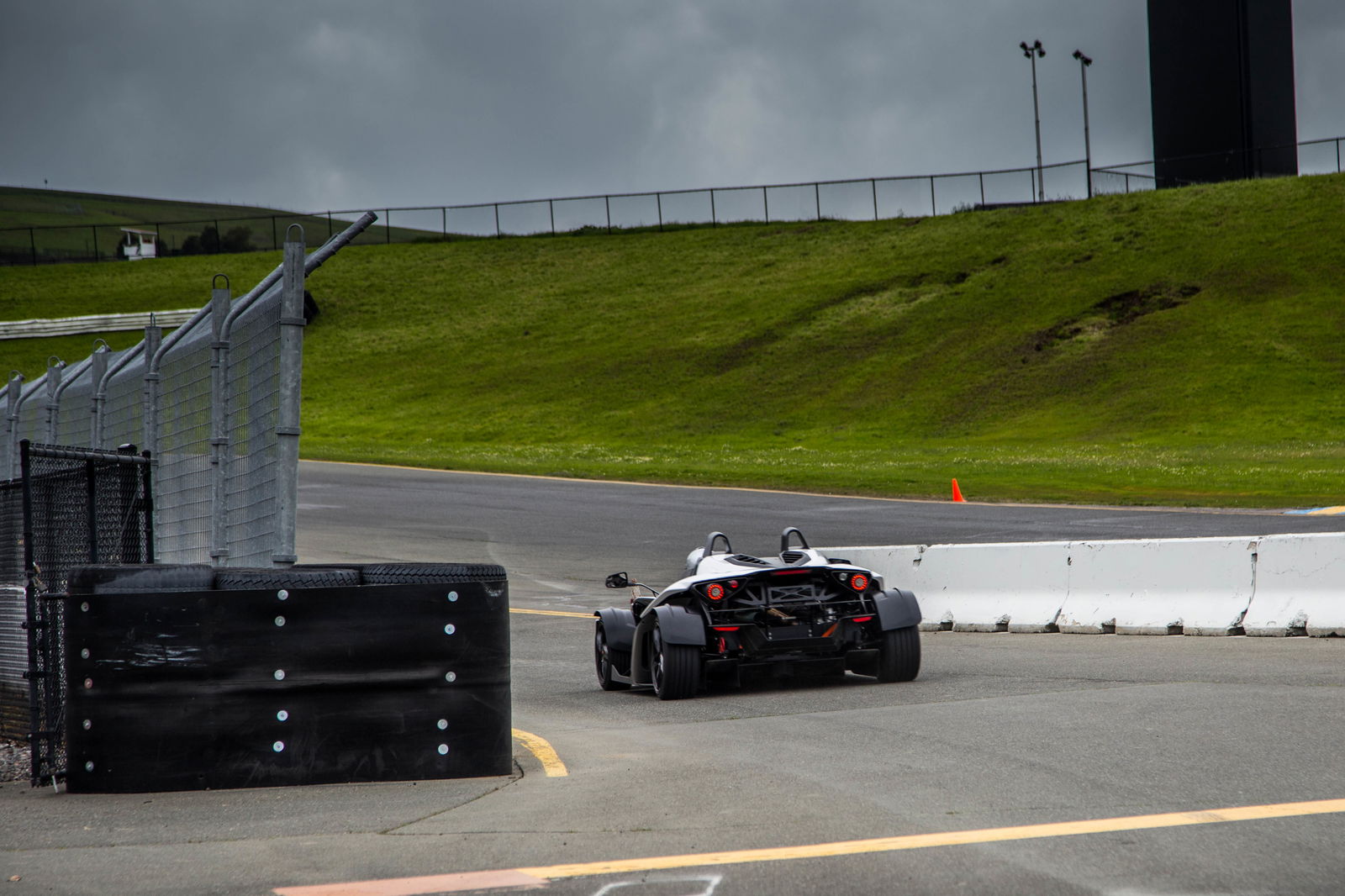
This demanding course is fast. It has no let-up. There are blind, off-camber bends, and a distinct lack of run-off around much of the track. Spinning here is highly likely to lead to the asphalt becoming littered with shards of carbonfibre and plastic.
Depending on which way you look at it, the X-Bow is either a very good or very bad match for this place: it does not suffer fools lightly. There are no traction or stability controls, and there’s no ABS. It’s all on you.
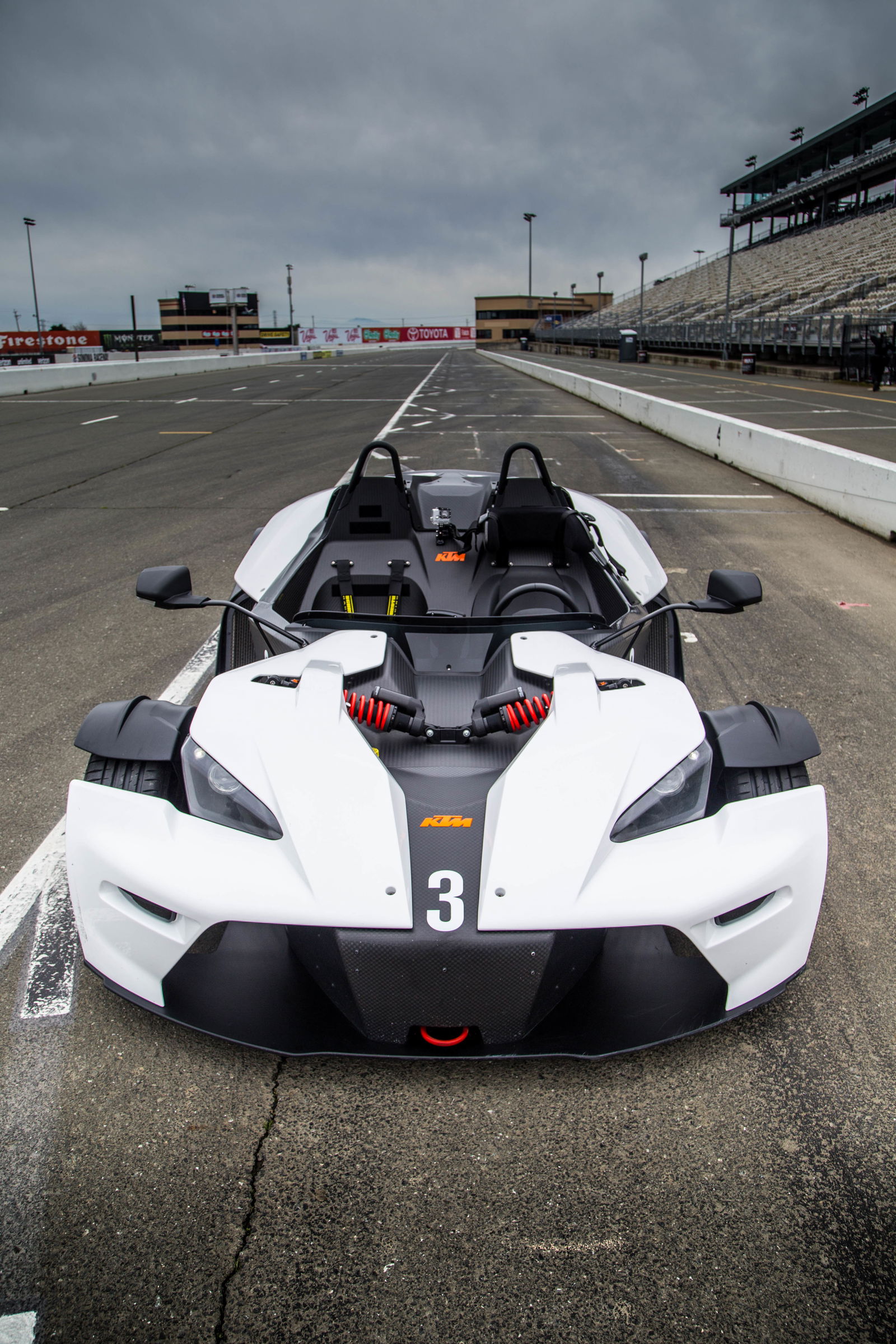
Thankfully, all the right tools to be at one with the car are here. The unassisted steering is extremely direct, and the Dallara-designed, motorsport-inspired carbonfibre tub gives the kind of chassis stiffness you’d normally find in a racing car. Continuing the motorsport theme, the pushrod front suspension setup means a pair of adjustable inboard dampers have a constant presence in your front field of view.
All of this comes together in a package tipping the scales at 790kg, roughly half the weight of a BMW M2 Competition. It’s perhaps at the Turn 3 and 3A esses where you feel this most - the lack of bulk and the firm, aggressive damping makes rapid changes of direction possible, and it’s utterly joyous with every flick of the wheel.
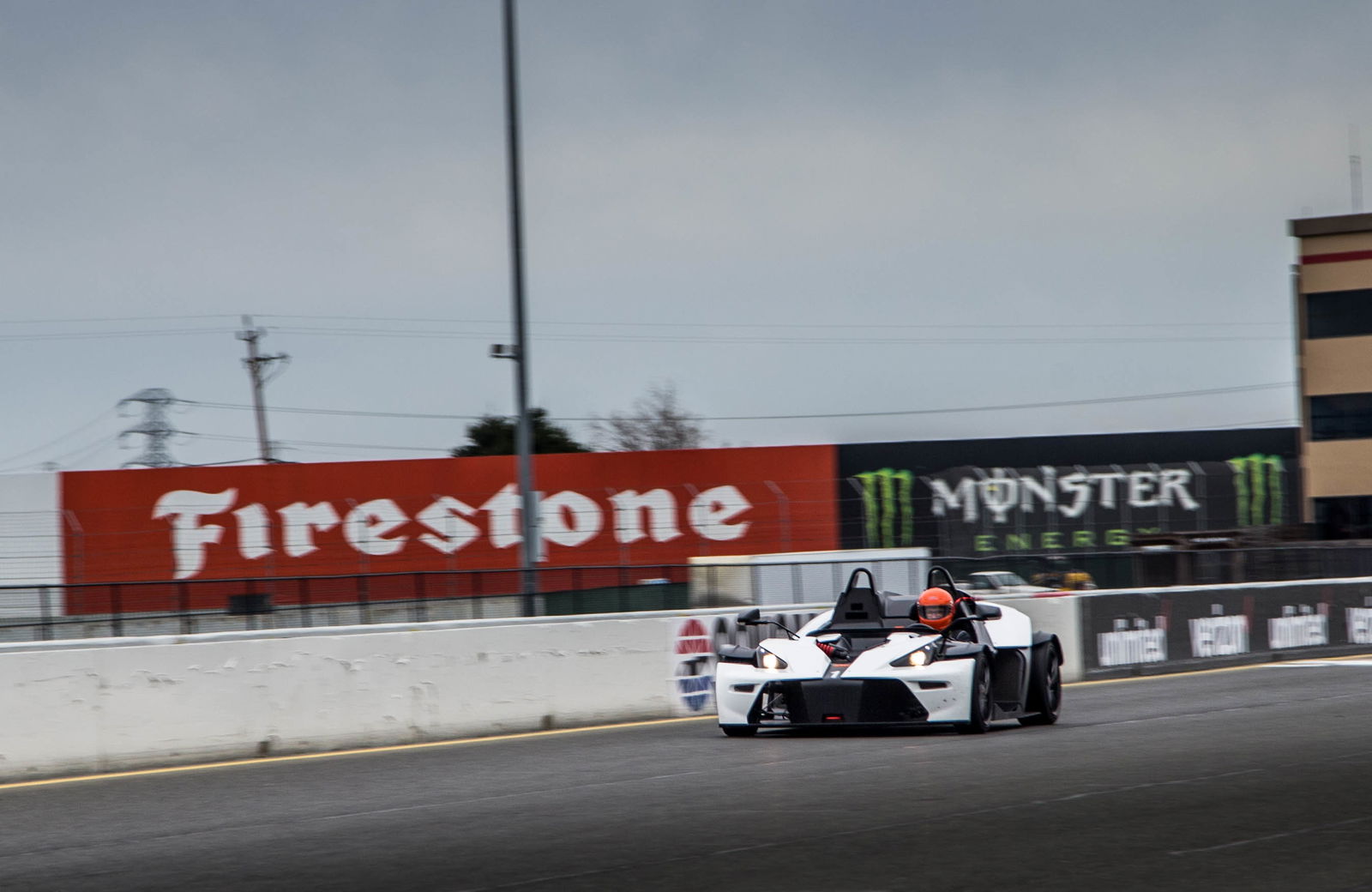
The X-Bow isn’t, however, completely unflappable. There’s a distinct feeling of it being on edge when you start to press on. The fettled, 296bhp VW engine’s boisterous mid-range torque means you have to take care and feed in power gradually on corner exits - get a little carried away and the back end will go, and go quickly. This is a short wheelbase, mid-engined machine, don’t forget.
You need to set the car up correctly on the way in, too - trail braking to keep weight over the front axle is essential, unless you want a big dose of understeer.
Make the most of the 2.0-litre engine, and you’ll be arriving at each corner rather swiftly. A 3.9 second 0-62mph doesn’t sound all that impressive now the waters are muddied by trick all-wheel drive and launch control setups - the new Bentley Bentayga Speed dispatches the benchmark sprint in the same time, for Pete’s sake - but there’s no denying the X-Bow’s ability to gather pace.
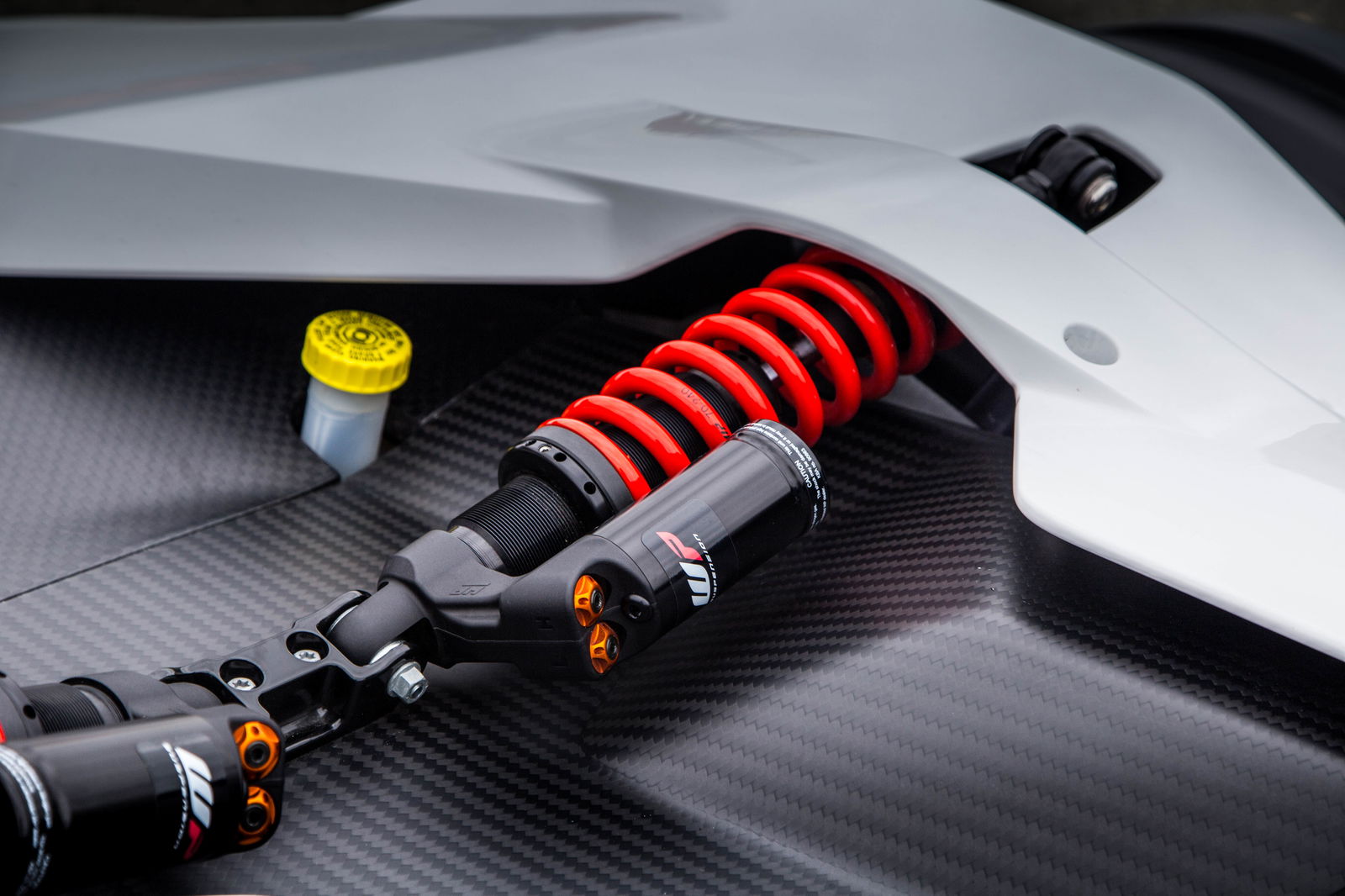
Plus, there’s nothing that gives you an impression of speed like an open cockpit. Getting braver with the exit of the blind, constant radius, off-camber Turn 6 and braking later on the approach to the end of the drag strip portion of this layout, my head starts to wildly vibrate as the buffeting increases. Thankfully, I’m wearing a full face helmet. If I wasn’t, I’m not sure there’d be anything left of my face.
On the subject of the brakes, they’re in keeping with the rest of the car: they expect much of you. The pedal requires a hefty stab, and the pedal travel is long, helping with the all-important modulation that’s necessary for a car without ABS. Get that right, and you’ll find yourself hauled to a stop very quickly indeed - 305mm front and 265mm rear discs on a car with such a pithy weight figure will do that.
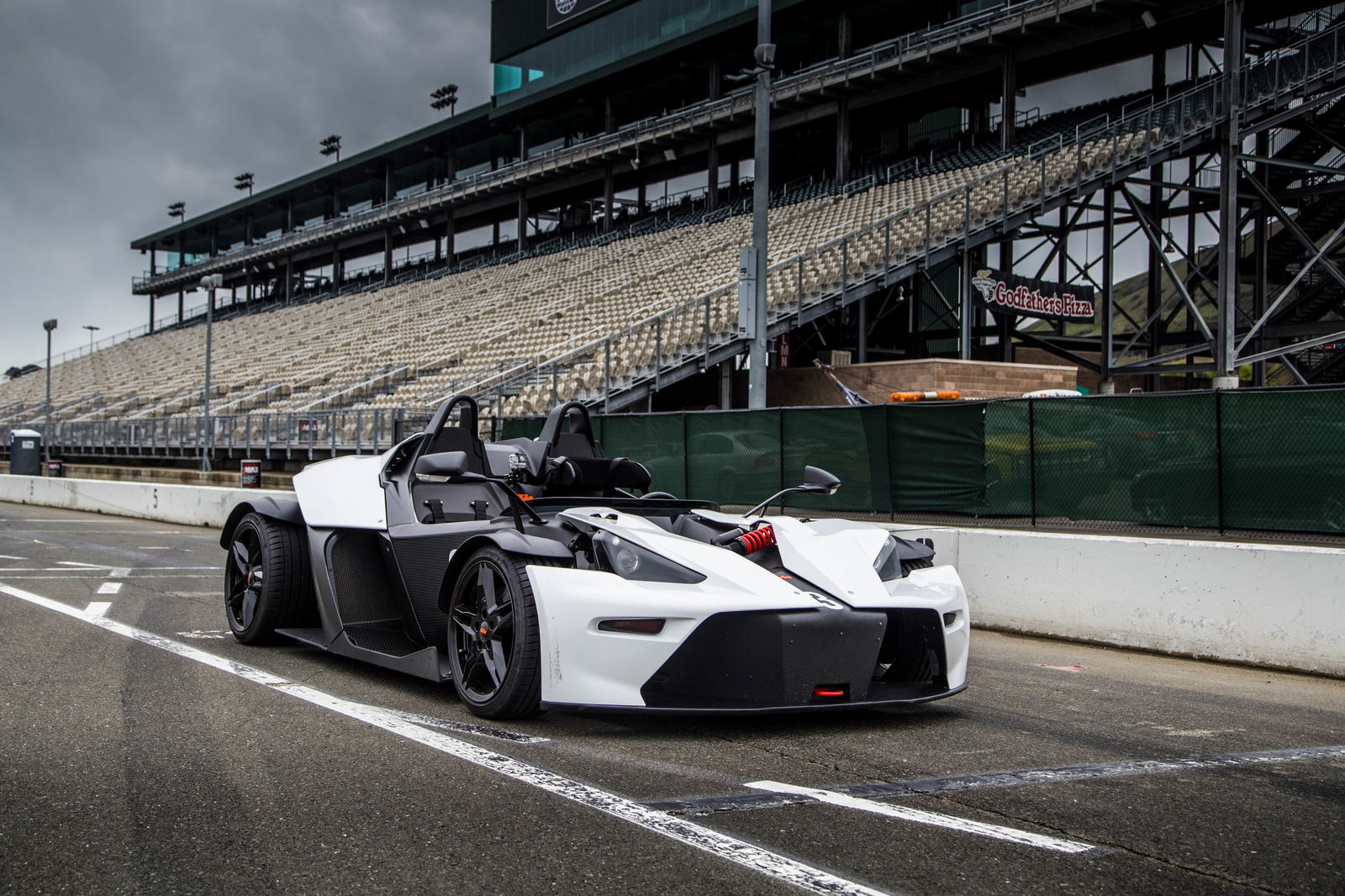
While not exactly the icing on the cake, the transmission deserves a tip of the hat. VW Group gearboxes rarely produce a particularly satisfying shift, but with a new linkage and a shorter throw, there’s plenty of mechanical engagement to be had here. If you’d prefer, though, you can now swap that for a ‘DSG’ twin-clutch automatic.
As my pace slowly grows and I become less fixated on all the accident-scarred blocks of concrete lining the track, the car is moving around more and more. Tyres are, inevitably, the limiting factor here: it’s fitted with Michelin Pilot Sport 4 boots on the front and 4 S on the rear (the mix being down to a supply issue) given the area’s propensity for fast changes in weather, but normally, a Comp R would be delivered on slicks. What a mighty combination that must be.
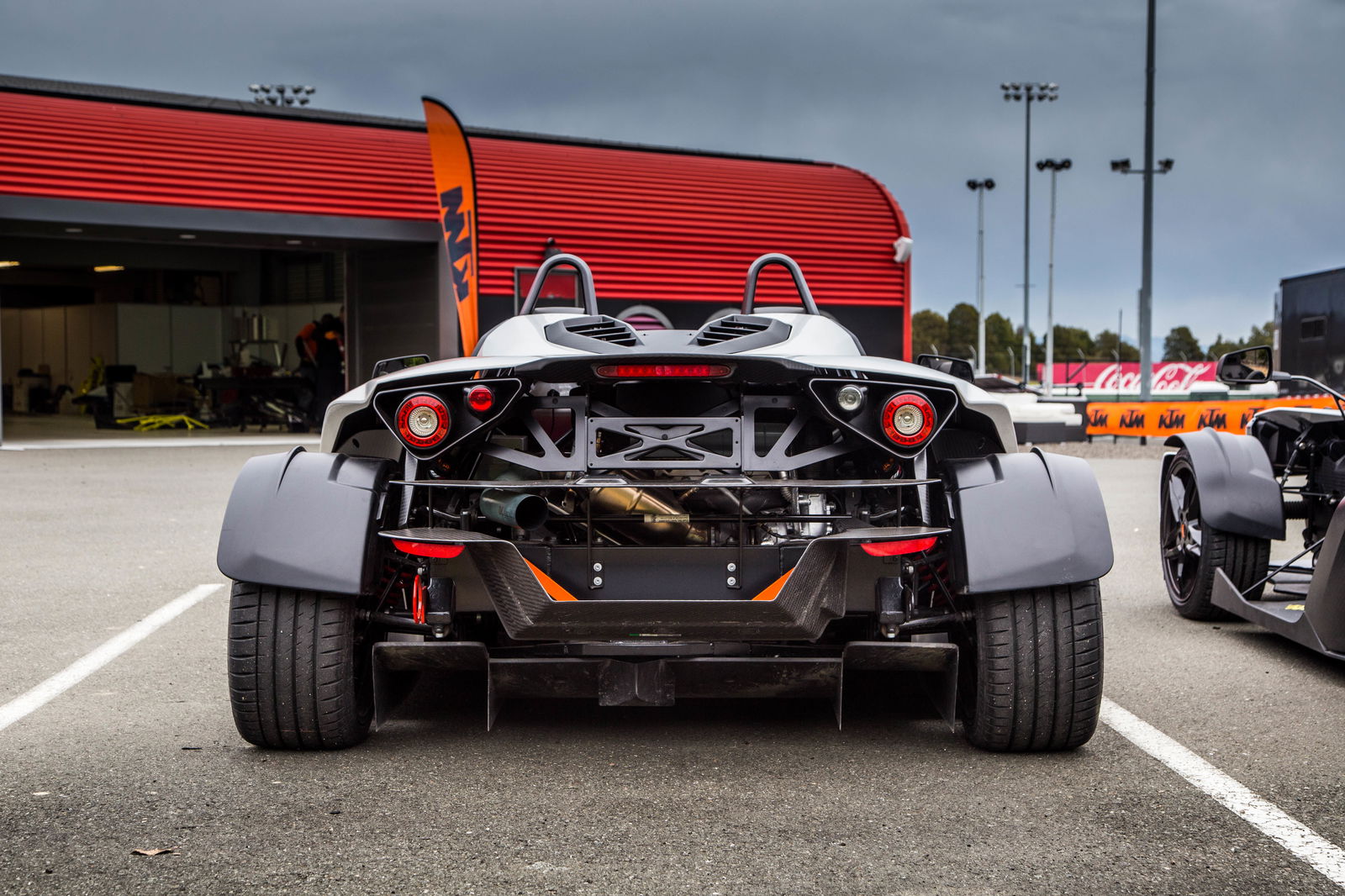
Perhaps that’s something to discover another day. Right now, I’m unclipping myself from the five-point harness and extracting myself from the ‘seat’ which is actually just some padding on the carbon tub itself, relieved to have lapped this demanding circuit in this demanding car without proceedings taking a crashy turn.
Once that relief passes, I’m hit with the realisation that I’ve just driven what’s essentially a 12-year-old car that still manages to be compelling in a motoring landscape that’s changed dramatically since its launch. Yes, the X-Bow’s various tweaks over the years have helped, but it’s largely down to KTM sticking to a low-weight ethos. This isn’t only about dynamics, either: there are huge benefits for the practicalities of running a track toy.
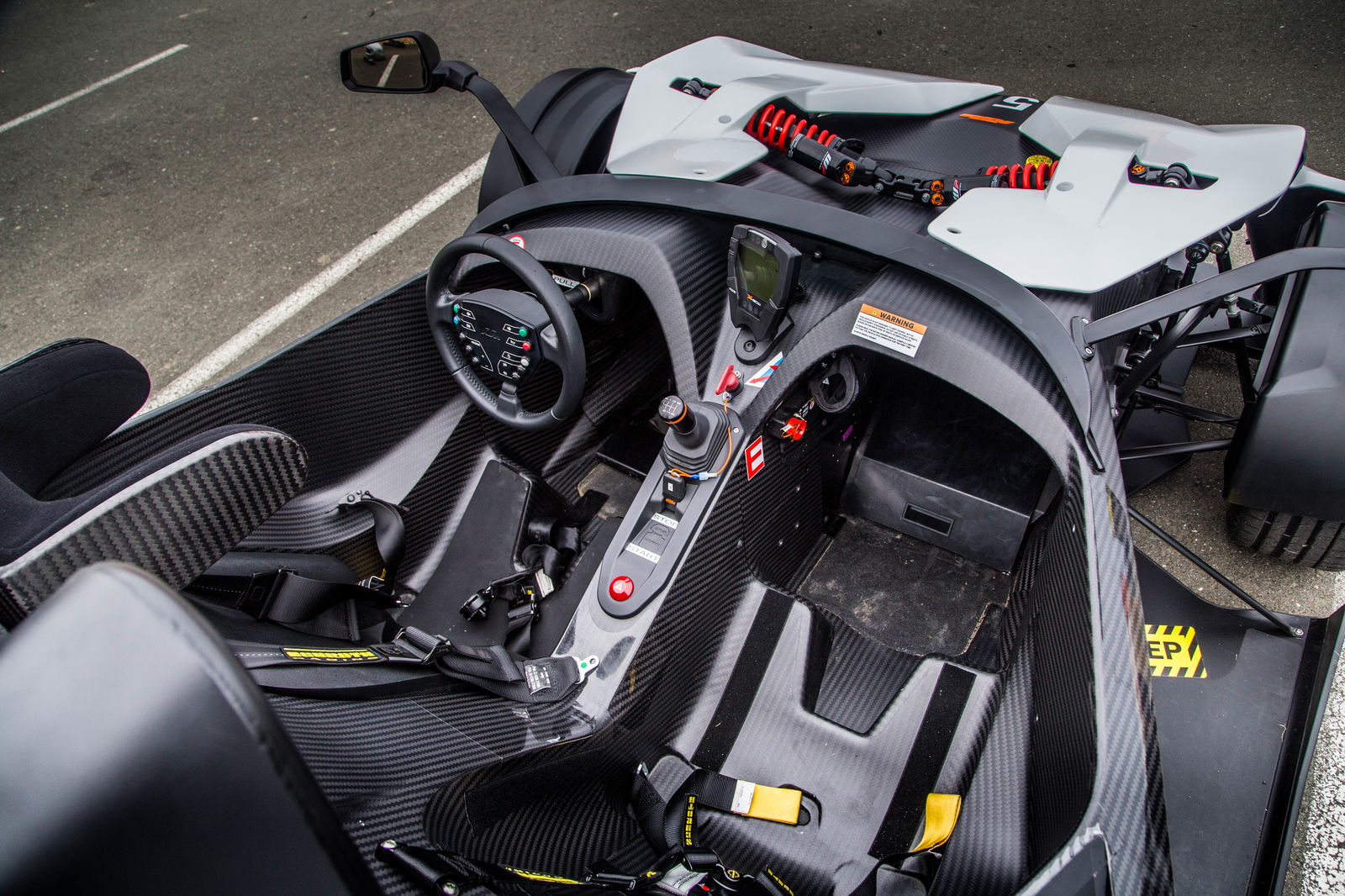
A light car is easygoing on its tyres, so you won’t have to replace them that often. A light car doesn’t need big boots either (the Comp R has a 205/40/17 fronts and 255/35/18 rears), so when you do replace them, it’s not that expensive. It’s the same story for the brakes and the suspension components. A VW inline-four isn’t going to use masses of fuel and it won’t exactly be taxing to take care of.
Tempting though all that may seem, this will remain a niche product - KTM doesn’t expect and doesn’t seem willing to produce much more than 100 a year in its Graz, Austria factory - a drop in the ocean compared to the 238,000 or so motorbikes produced by its comparatively giant two-wheeled division.
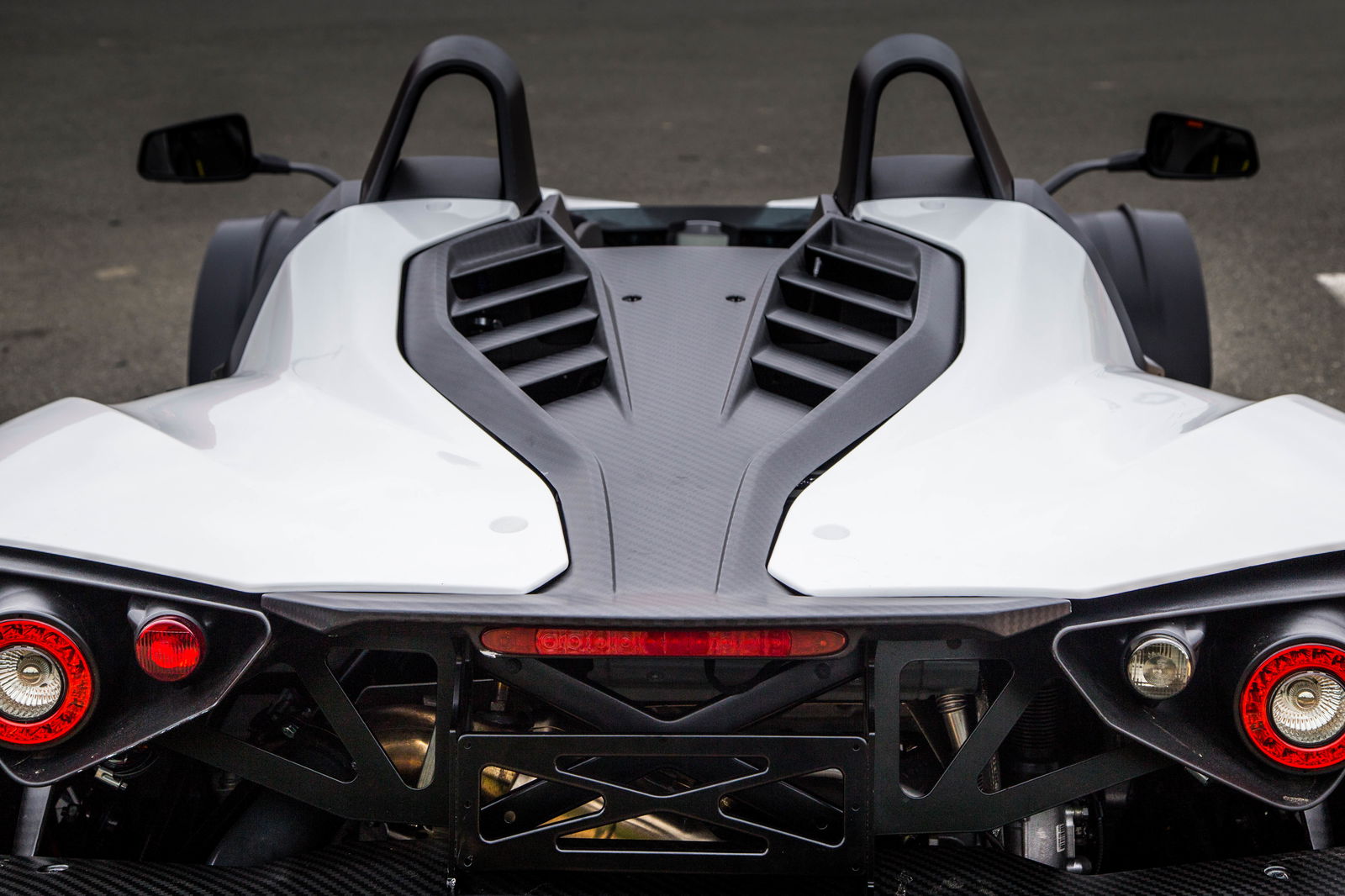
Many more stand to enjoy the car as a one-off encounter, with KTM keen to expand its circuit experience partnerships. That’s why these particular X-Bows are at Sonoma - they’re here for punters to come and drive.
Those who do take the plunge fully will be expected to part with $104,500. A high price of entry to this very exclusive club, but after a few laps of your favourite circuit, I doubt you’ll feel short-changed. And if you take it somewhere particularly challenging like Sonoma, you’re in for a revelation.
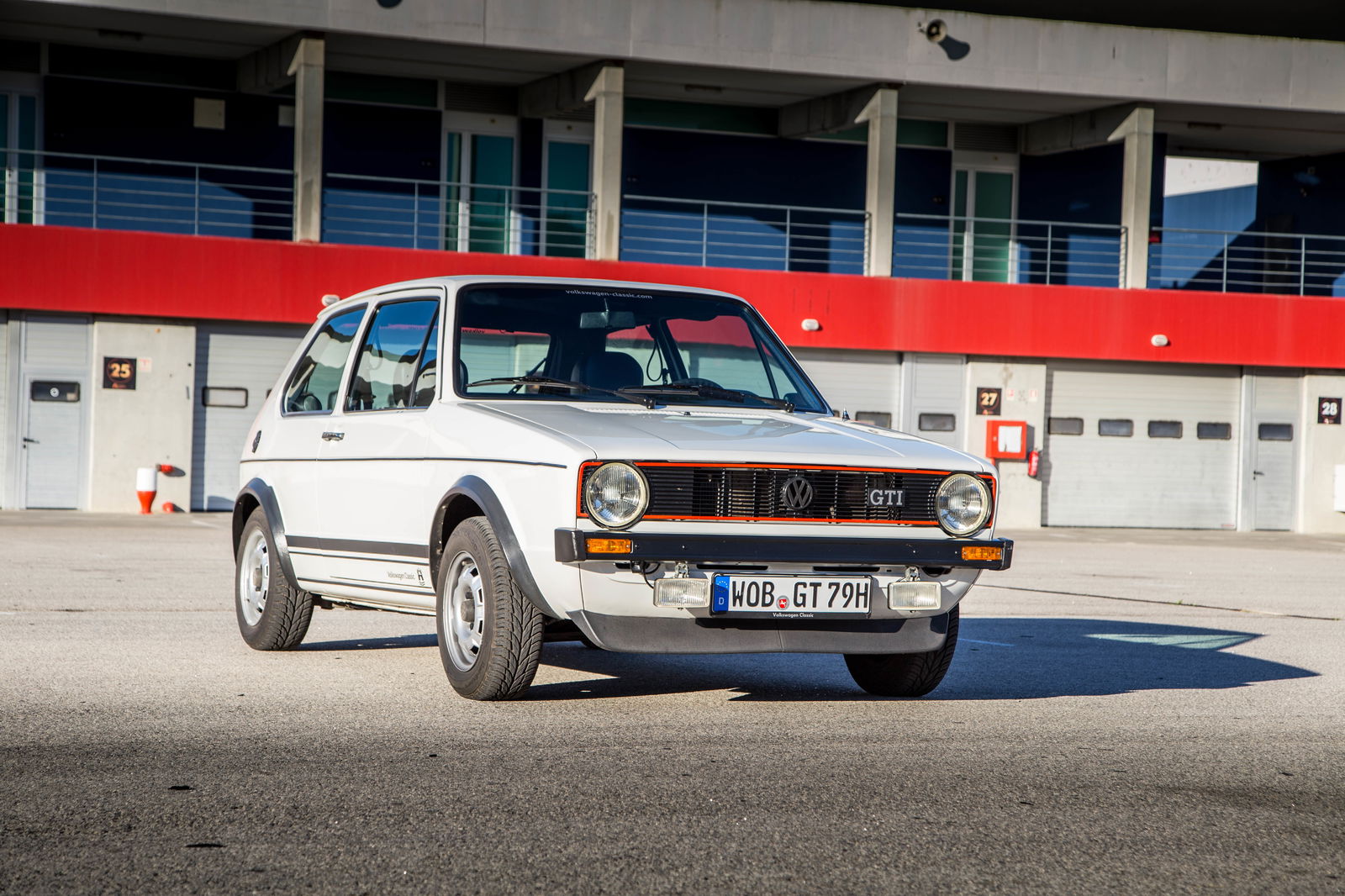
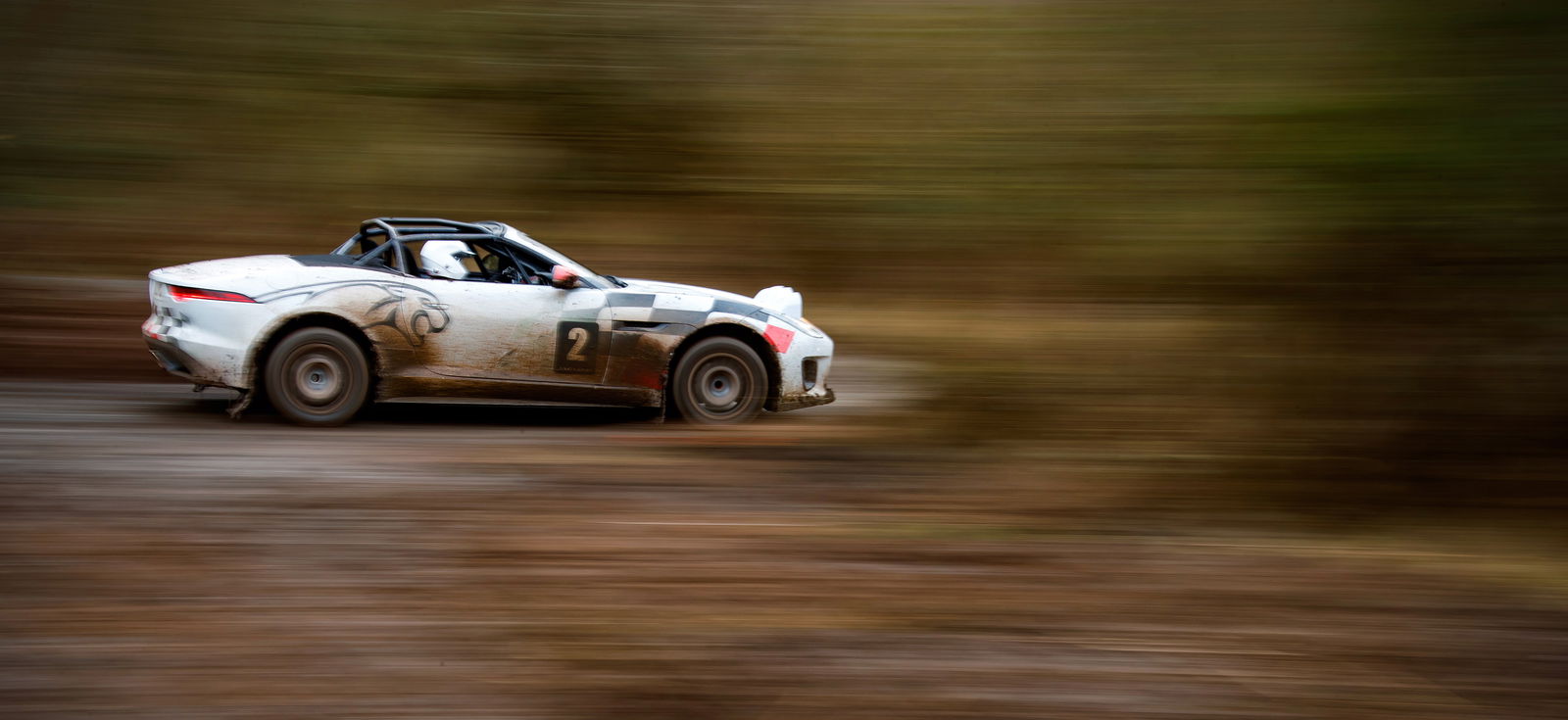

Comments
Still looks ugly tho